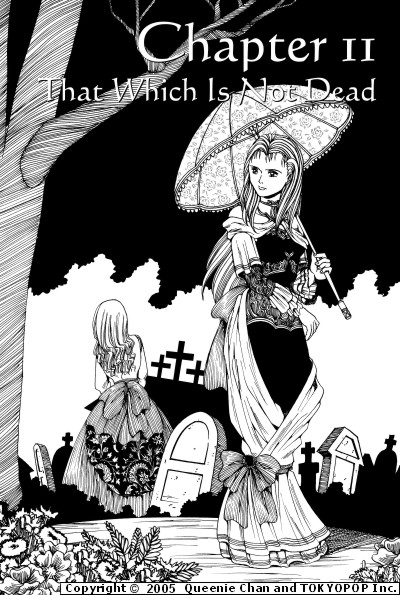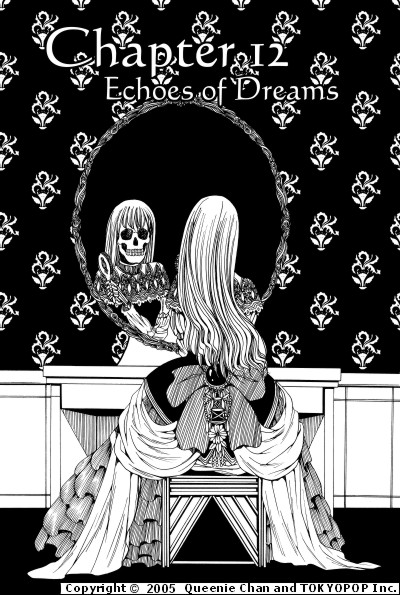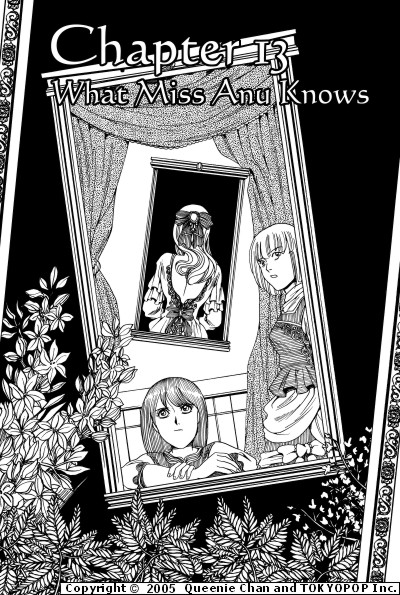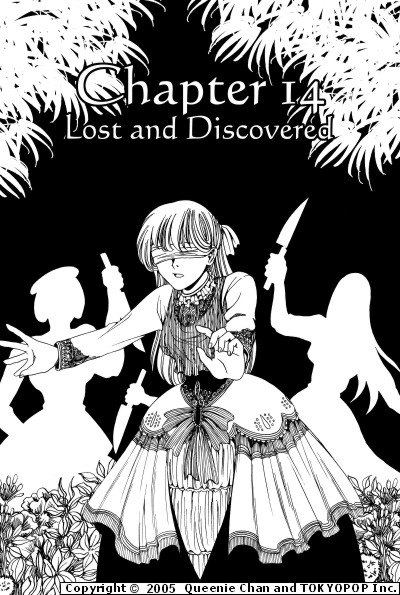The Dreaming (Book2): Is finished. YAY!!! All 181 pages of it, plus a 3-page mini-manga at the end. Jesus, whatta heckuva month. It’s going to be out on November 22, and while I made the deadline, it was no fun experience since there was a major muck-up with my schedule. It turns out that the schedule laid out in my TOKYOPOP contract was wrong. In my contract, it said that everything was due on October 6th, but actually the due date was August 22nd. I found out after mid-July, and while having 6 weeks shaved off your schedule will kill most people, luckily I was a month ahead of schedule. That was what saved me, really – being 1 month ahead of schedule meaning that I had to work extra hard to fill in those 2 other weeks, but otherwise I made it. Now that it’s over, I can get back to bulletin-boarding and essay-writing, which I have really missed. I also got a new editor – Paul. Unfortunately, my former editor Carol is too busy to handle “The Dreaming” now. It’s a bit sad, but she was a good editor and I hope she’s coping well with her new workload.
I’ll be updating my site in the next few days, but first, some divider art. I wish I had more time to spend on these dividers, but given the circumstances, it wasn’t really possible.
Yu Yu Hakusho Anime: I often “watch” YouTube while working, and I have rediscovered a much beloved golden oldie on it. Yes, people, the Yu Yu Hakusho anime – which along with DragonBall Z, is one of the grand-daddys of the shonen-fighting genre. Created by Togashi Yoshihiro, otherwise known as He Who Has God-like Powers Over Shonen Jump Editors, it ran in Shonen Jump from 1991-1994, and the anime was made around that time. If DragonBall Z provided the endless fight scenes, Yu Yu Hakusho provided the characterisations (and the best-looking special attack moves EVER). Anime like Naruto owe a great deal to Yu Yu Hakusho (and unlike Naruto, YYH has no filler episodes). If you liked Naruto, you’ll probably like YYH (If you didn’t then… well.)
Why the sudden mention of such an ancient anime? Well, apart from the fact that the English Funimation Dub of YYH is SUPERB, YYH also has some of the best character designs EVER. It’s main four-man unit, consisting of Yuusuke, Kuwabara, Kurama and Hiei, is one of the most memorable fighting teams around. Precisely WHY is pretty easy to pin down – Togashi is a good character designer, and he’s inspiring me to write a detailed essay on character designs. Truth is – you may not have watched YYH, but chances are, you’ll recognise the characters, because they’ve got sharply drawn designs. I first started watching YYH BECAUSE I kept seeing posters of it everywhere, couldn’t get it out of my mind, and after resisting it for a few years, gave up and started watching it. And woah, I was surprised at how good it was.
Unfortunately, the show DOES drag at times. If you started watching YYH but didn’t finish watching all 112 episodes, then you’ll probably have missed the best parts of it. One of the best things about it is the way the story arcs end. It has NO filler episodes, good villains, and great character moments. The first arc in the show descends into endless fight scenes, but the second half of YYH is the REAL reason for watching the show, because it has a real interesting spin on the usual shonen-fighting formula. The story also takes a surprising turn near the end. Unfortunately, you’ll have to watch the first half to know who everyone is and what they’re all doing.









